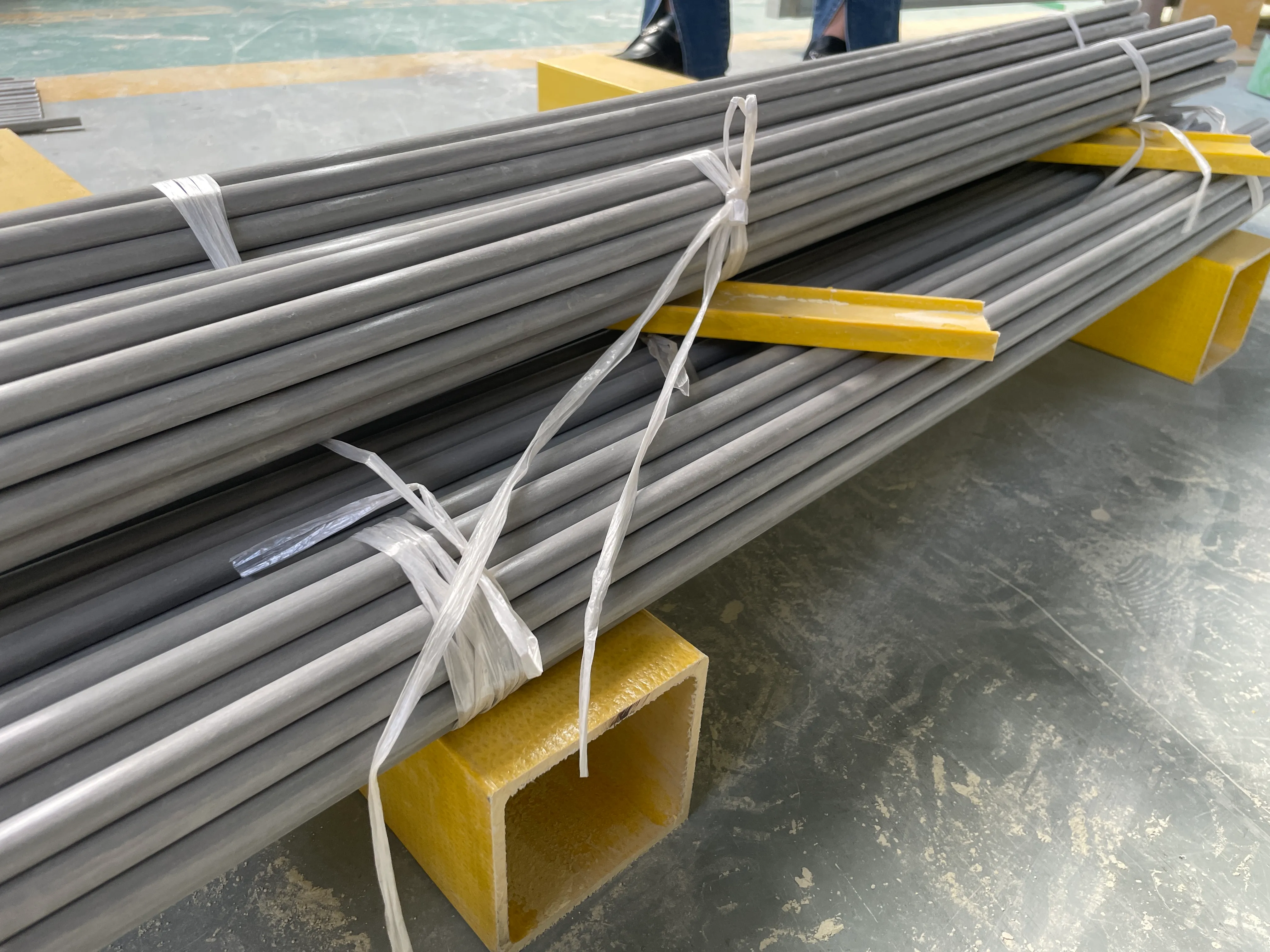loading...
- No. 9, Xingyuan South Street, Dongwaihuan Road, Zaoqiang County, Hengshui, Hebei, China
- admin@zjcomposites.com
- +86 15097380338
- Welcome to visit our website!
Exploring the Benefits and Applications of FRP Rods in Modern Engineering
Understanding FRP Rods Revolutionizing Materials in Modern Engineering
Fiber Reinforced Polymer (FRP) rods have gained significant attention in the construction, civil engineering, and manufacturing industries due to their remarkable properties and versatility. This article explores what FRP rods are, their applications, advantages, and the reasons behind their growing popularity.
What is FRP?
FRP, or Fiber Reinforced Polymer, is a composite material made of a polymer matrix reinforced with fibers. These fibers can be made from various materials, typically glass, carbon, or aramid. The polymer matrix provides structural integrity, while the fibers offer high tensile strength and resistance to corrosion. This combination results in a lightweight, durable, and exceptionally strong material.
Characteristics of FRP Rods
FRP rods exhibit several advantageous characteristics 1. High Strength-to-Weight Ratio FRP rods are significantly lighter than traditional materials like steel, while maintaining comparable or superior strength. This property is crucial in applications where weight reduction is vital. 2. Corrosion Resistance Unlike metal rods, FRP rods do not rust or corrode when exposed to moist or saline environments. This makes them ideal for use in harsh weather conditions or in proximity to chemically aggressive substances.
3. Durability FRP materials resist degradation from UV radiation, chemicals, and environmental wear, leading to a longer lifespan, lower maintenance costs, and enhanced sustainability in infrastructure projects.
4. Non-Magnetic and Non-Conductive Since FRP is non-conductive, it is suitable for applications in industries such as telecommunications and healthcare, where electromagnetic interference or electrical conductivity could be problematic.
5. Easily Fabricated FRP rods can be manufactured in various shapes and sizes to meet specific project requirements. This flexibility allows for innovative design solutions and better integration into existing construction practices.
frp rod

Applications of FRP Rods
FRP rods are utilized in a wide range of applications across various industries
1. Construction and Civil Engineering FRP rods are commonly used as reinforcement in concrete structures. They enhance the tensile strength of concrete in bridges, buildings, and parking garages, especially in coastal areas where corrosion is an issue.
2. Road and Bridge Construction In addition to reinforcing concrete, FRP rods are also used in the construction of bridge decks and road surfaces, providing longevity and stability under heavy loads.
3. Marine Applications Due to their resistance to saltwater and corrosion, FRP rods are increasingly being used in marine constructions, including docks, piers, and seawalls.
4. Infrastructure Rehabilitation Using FRP rods for the retrofitting of aging infrastructures such as bridges allows for significant improvements without the need for complete replacement, making it a cost-effective and sustainable choice.
5. Reinforced Composite Products FRP rods can be combined with other materials to create hybrid products, enhancing overall performance in specific applications such as automotive and aerospace industries.
Conclusion
The increasing adoption of FRP rods is a testament to their numerous advantages and growing relevance in modern engineering solutions. As industries continue to prioritize sustainability, durability, and efficiency, the demand for advanced materials like FRP is likely to rise. With ongoing research and development, we can expect to see even more innovative applications for FRP rods, positioning them as crucial components in the future of construction and material science. Thus, FRP rods not only represent a technological advancement in material engineering but also signify a shift towards more resilient and sustainable practices in a rapidly evolving world.
-
The Rise of FRP Profiles: Strong, Lightweight, and Built to LastNewsJul.14,2025
-
SMC Panel Tanks: A Modern Water Storage Solution for All EnvironmentsNewsJul.14,2025
-
GRP Grating: A Modern Solution for Safe and Durable Access SystemsNewsJul.14,2025
-
Galvanized Steel Water Tanks: Durable, Reliable, and Ready for UseNewsJul.14,2025
-
FRP Mini Mesh Grating: The Safer, Smarter Flooring SolutionNewsJul.14,2025
-
Exploring FRP Vessels: Durable Solutions for Modern Fluid HandlingNewsJul.14,2025
-
GRP Structures: The Future of Lightweight, High-Performance EngineeringNewsJun.20,2025
